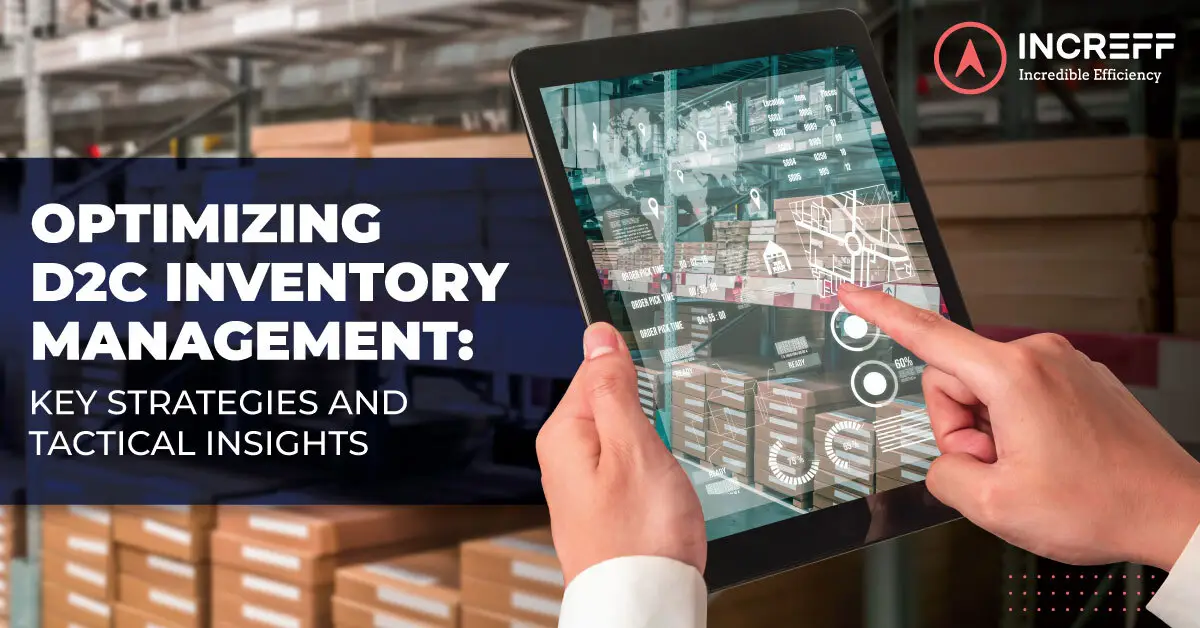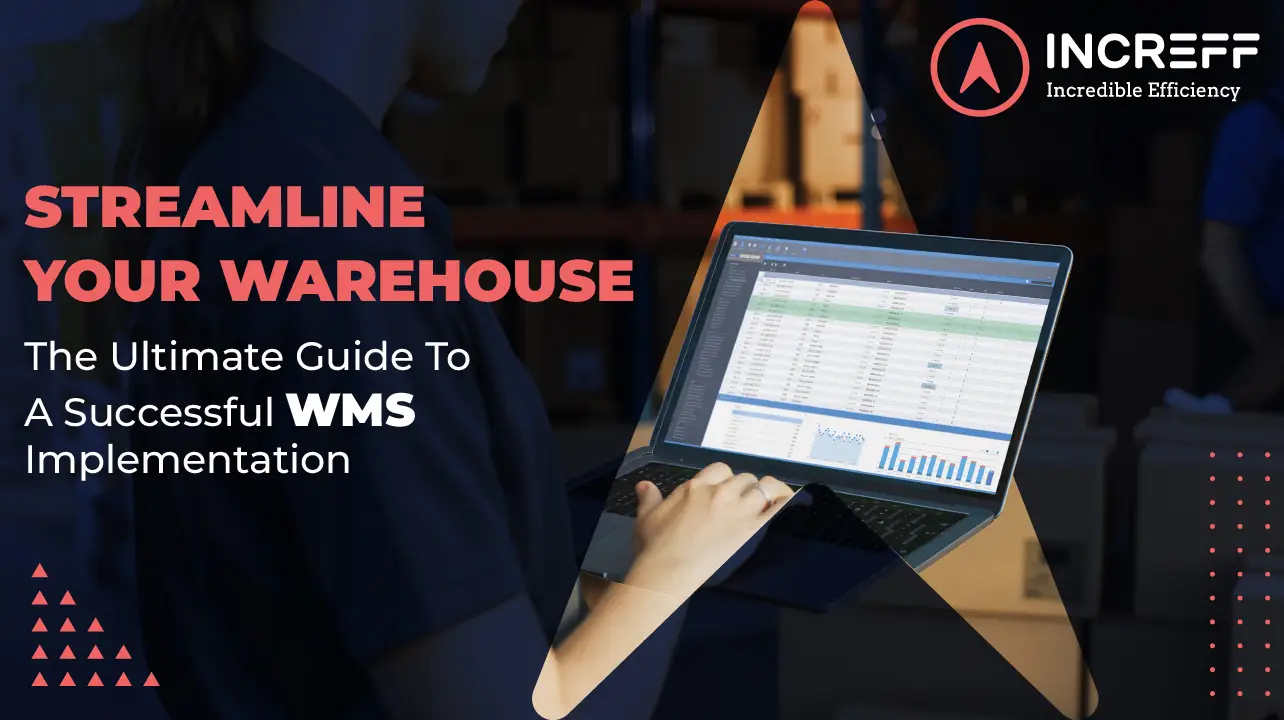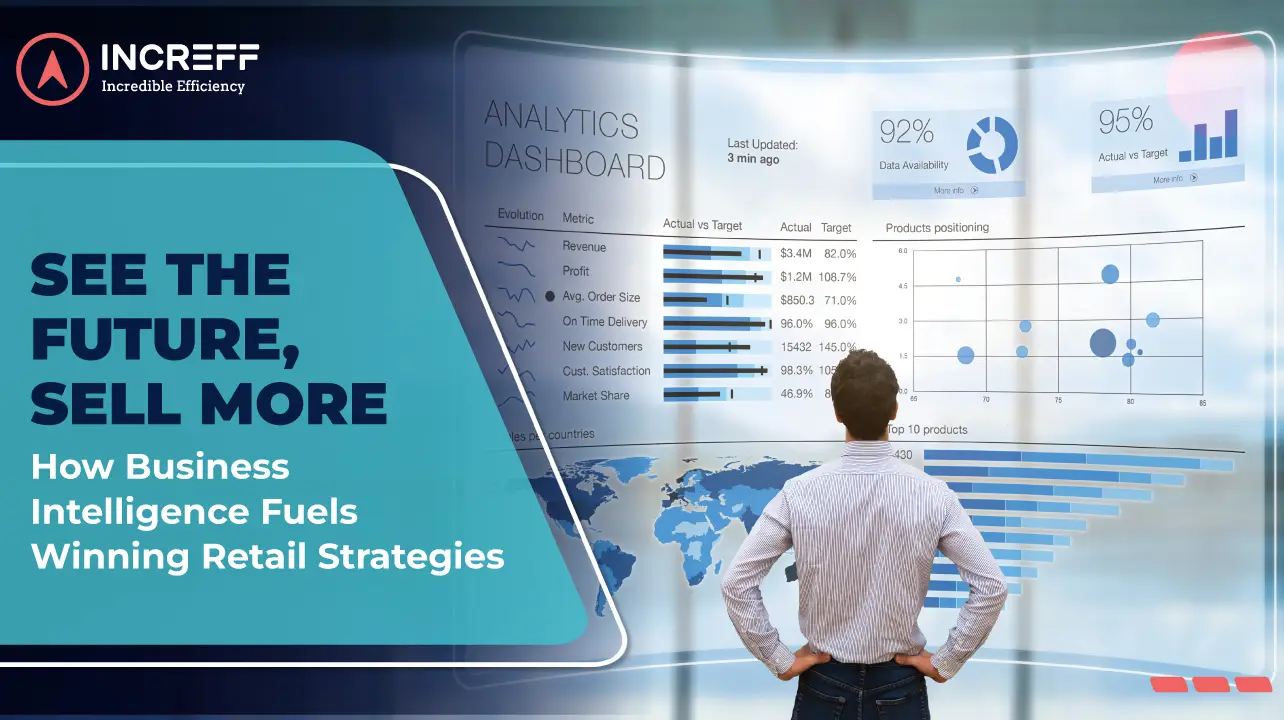How to Optimize D2C Inventory Management: Strategies and Tactics
The emergence of D2C brands delivering products right to their customers’ doors provides convenience. By skipping the middle retailer or distributor, D2C startups keep prices low and quality high but also take on added challenges — including optimizing inventory to meet demand. The D2C Sector is projected to reach about $60 billion. In this guide, we’ll discuss the strategies and tactics to optimize D2C inventory management.
Features of direct-to-consumer brands
- Sell products directly to end-user customers rather than through a retailer.
- Maintain control over branding, pricing, and messaging
- Build direct relationships with customers for feedback and targeting
- Manage end-to-end order fulfillment, shipping, and inventory processes
- Unique Inventory Challenges for D2C Brands
D2C brands juggle added responsibilities over limited and excess stock scenarios without retailer buffers. Finely tuned real-time inventory management balances availability while controlling costs by addressing the following:
- Forecasting demand
- Identifying optimum stocking levels
- Preventing stockouts or overstocks
- Adapting to seasonal or external fluctuations
- Monitoring sell-throughs and turnover
By adopting digital tools to gain insight across their supply chains and fulfillment operations, D2C brands hone smarter inventory strategies that optimize working capital and increase profitability.
Key inventory management considerations for D2C brands
1) Customer demand forecasting
Accurately predicting future order volumes is the biggest challenge and an opportunity for optimizing inventory. Advanced AI tools weigh historical performance with forward-looking signals like web analytics, local events, competitive promotions, and macro factors for tight demand estimates. By layering in external data points beyond past sales, D2C brands enhance forecasting responsiveness to coming trends.
2) Managing multiple fulfillment points
Unless a D2C brand operates a lone regional warehouse, inventory must flow globally across distributed facilities and delivery partners. Progressive inventory management coordinates stock level updates in real-time across these nodes to unify multichannel visibility, directing shipments appropriately to meet demand based on precise location status.
3) Adaptability for promotion
Marketing promotions directly impact inventory needs, yet many brands reactively backfill stock only after running low during sales events. Comprehensive planning considers upcoming price markdowns, bundles, seasonal offers, and ad content calendar synchronization for sufficient inventory build-up in advance. With accommodation for promotion-driven influxes, brands engage confidently with customers during high-interest campaigns.
Common inventory challenges for D2C companies
- Forecasting demand: With no historical transaction data as a reference, predicting consumer demand and optimum inventory levels proves extremely difficult, especially across new products. Excess stock risks significant holding costs and waste, while shortages decrease sales.
- Managing cash flow: Upfront manufacturing inventory demands significant working capital investment before purchase order generation. Limited cash flow strains growth for early-stage D2C brands. Excess stock strains finance further.
- Adapting supply orders: Once products get purchased, adjusting supply orders to meet fluctuating demand challenges young D2C operations. Long supplier lead times compound required forecasting horizons, often resulting in misaligned inventory.
Strategies and tactics to optimize D2C inventory
Successfully managing inventory comes down to balanced strategies coordinating people, processes, and tools to align supply with demand. D2C brands should focus efforts on:
1) Understand customer behavior patterns
- Analyze past sales data, web traffic, and buying journeys to reveal purchasing habits.
- Identify seasonal peaks, average order values, frequency, and preferred bundles.
- Create buyer personas aligning products to customer segments.
- Factor in external trends influencing consumer spending during economic shifts
2) Enhance forecasting capabilities
- Purchase predictive analytics software leveraging AI and ML to tighten projections.
- To detect signals, incorporate internal data (past sales, web analytics) and external data (market trends, events).
- Run simulations testing best/worst case scenarios to stress-test stocking plans.
- Build agility to adjust forecasts as new data emerges.
3) Smooth supply ordering logistics
- Digitise purchase order communication across suppliers and 3PLs
- Implement inventory & order management system.
- Integrate production schedules for tracking manufacturing stages.
- Coordinate ordering to meet demand timelines across delivery lead times.
4) Unify stock tracking & visibility
- Implement a central database collating inventory across all warehouses, 3PLs, and channels.
- Tag products for tracking through distribution networks
- Set reorder points and automation rules for inventory replenishments.
- Gain enterprise-wide transparency across stock levels globally.
D2C brands transform availability from burden to advantage by coordinating essential inventory management processes.
Investing in digital transformation for future success
By transitioning from reactive “run-out-of-stock” mindsets to data-led strategies forecasting customer behaviors, D2C brands transform inventory management from a cost center to a profit driver. The rise of digitally native enablers fuels this evolution through cloud-based data centralization, predictive recommendations, and workflow automation as algorithms augment human planners with external insights and birds-eye visibility across fragmented supply chains, and brands master availability while controlling waste.
Early adopters gain long-term competitive advantage by capitalizing on analytics and translating raw material into delighted customers. Stand out from competitors — start optimizing your inventory today.


 23 February, 2024
23 February, 2024 







